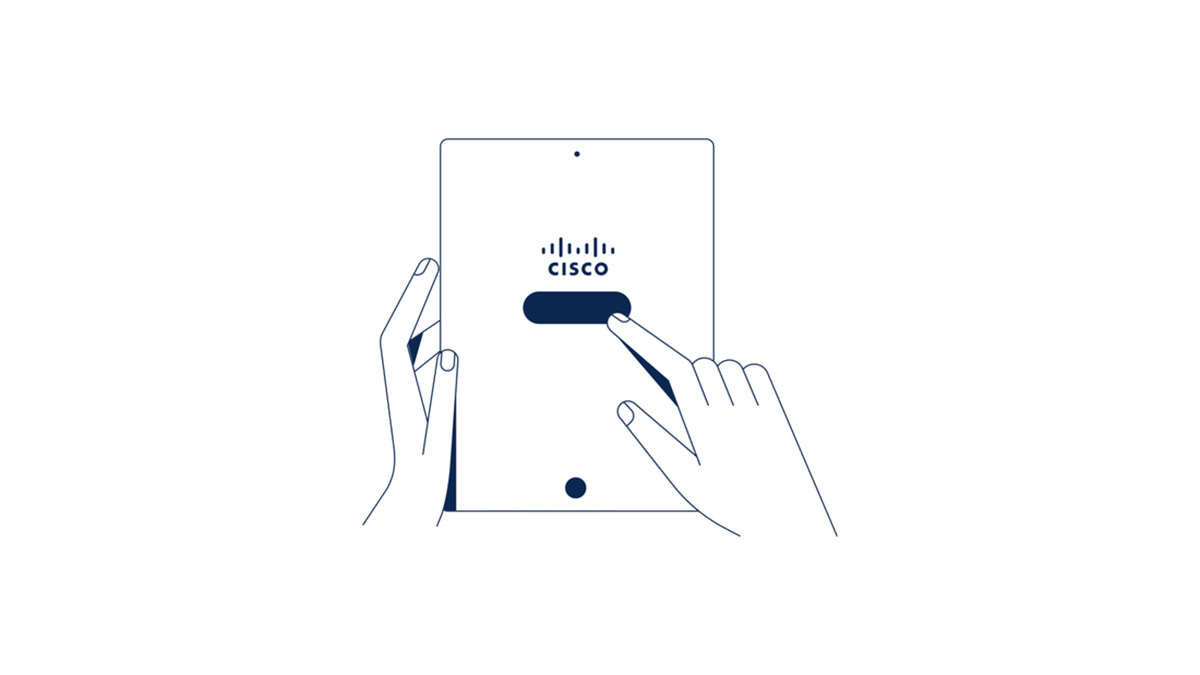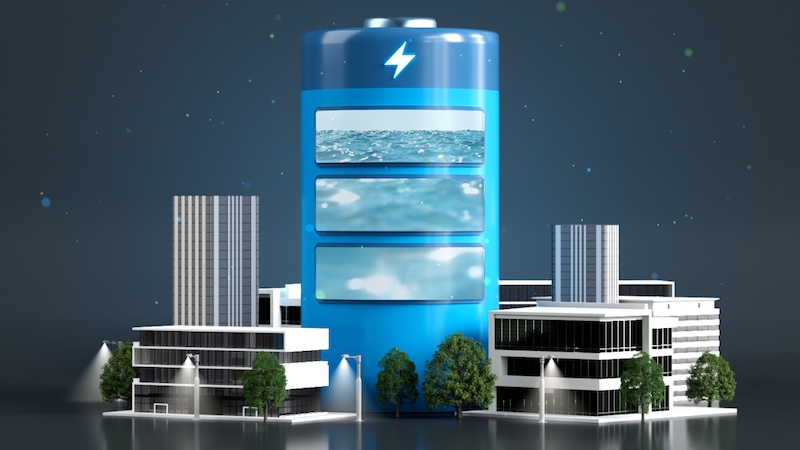Sustainability is an important consideration for businesses—and with good reason. From rising global temperatures to unprecedented levels of plastic pollution, we are constantly reminded of the importance of this topic
“I’m fortunate to meet with a lot of big companies every week—and this topic comes up in all my interactions,” says Snorre Kjesbu, SVP and GM of employee experiences at Cisco.
He is also fortunate in being able to help these companies out. As the person in charge of a portfolio of collaboration technologies enabling remote working and virtual meetings, he is already instrumental in helping to cut greenhouse gas (GHG) emissions linked to business travel.
As of 2023, 12 percent of travel volume worldwide was for business, but the level is falling thanks to videoconferencing. The technology is also helping cut emissions linked to commuting, by allowing more people to work from home.
Cutting corporate carbon footprints is “the right thing to do,” says Kjesbu. “It’s right that we use the scarce resources of the planet correctly.”
But sustainability is also often good for the bottom line. Research from an industry body called the Energy Efficiency Movement shows the industrial sector could save $437 billion by 2030 by applying efficiency measures such as digitizing machinery and processing data in the cloud.
“There is often a view that being sustainable costs more money, but that’s not the case when it comes to efficiency,” says Energy Efficiency Movement communication and marketing lead Lisa Bounoure. “Efficiency offers clear return on investment.”
For Kjesbu, this quest for efficiency does not stop at helping cut the GHG emissions involved in corporate meetings. Cisco, which has a goal to reach net zero GHG emissions across its value chain by 2040, is also striving to improve the lifecycle efficiency of its products.
As an example, 52% of the plastic in the Cisco Collaboration devices product line is post-consumer recycled (PCR) plastic. Kjesbu says that replaces the use of 154 tonnes of virgin plastic with plastic removed from the waste stream, an amount of plastic equal to 7 million rubber ducks per year.
The ENERGY STAR®-certified phones are also designed to require minimal amounts of metals, so even the top-end models in the series only weigh around a kilogram. Less weight means less energy is required to ship the phones in bulk, reducing supply chain costs and emissions.
In addition to using fewer materials in manufacturing, office devices are being designed to consume less energy throughout their lifecycle.. The new Cisco Board Pro, for instance, has been engineered to consume85-89 percent less power in standby mode versus Display Off.
Cutting standby power might not seem like a big deal, but all the devices currently in sleep mode around the world account for 1 percent of global carbon emissions, or about a third of the amount caused by aviation in 2023. And cutting these emissions can have a multiplier effect, says Kjesbu.
“If you use less power in sleep mode, it also means you generate less heat and so you don’t need to cool buildings as much,” he notes.
But the real prize for office sustainability is to amplify such multiplier effects with digital technology. Smart building systems can determine whether a work area is being used and—if not—shut down lighting and heating systems automatically, potentially saving massive amounts of energy.
According to the Energy Efficiency Movement, more than 40 percent of the energy used in a typical commercial building is for heating, ventilation, and air conditioning (HVAC)—and around 35 percent of it is wasted.
However, a digital building management system with artificial intelligence can help cut HVAC emissions by up to 40 percent, while slashing 25 percent off operating costs.
This is a remarkable sustainability gain, but Kjesbu has another sustainable office equipment design trick up his sleeve: making things last longer. “If you design products that last longer, you will buy fewer and have a smaller footprint,” he says.
“It’s a big difference if a product lasts four years or seven years,” he adds.
In taking sustainability to heart, Cisco is staying ahead of a growing workplace trend.
Sustainability is an increasingly important factor in office design," says John Stephan, a building products and services deal advisory partner at the accountancy firm BDO.
“From building materials to office-based technologies, we are seeing a growing appetite for options that reduce waste and emissions," he says.
As far as the planet is concerned, that is a healthy appetite indeed—and one that conscious corporations such as Cisco are happy to satisfy.





